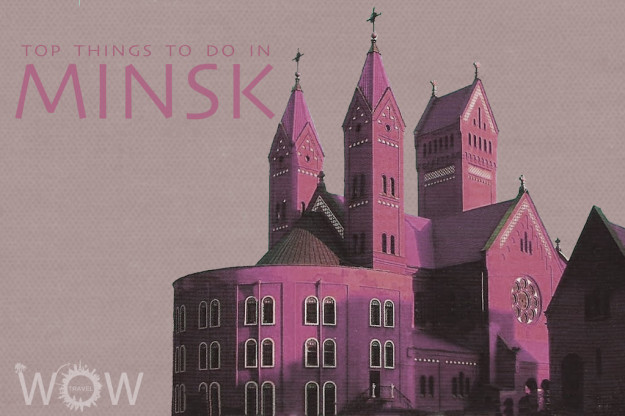Although Eastern Europe is literally the eastern part of the continent of Europe, there is no clear demarcation of the countries that are a part of it as the term is more geopolitical than physical. The physical land boundaries of the region are the Ural Mountains and River, and the Caucasus Mountains but these are irrelevant in the larger scheme of boundaries. Countries that make up this part of Europe have sometimes been described as a cultural entity with its main characteristics comprising Greek, Russian, Byzantine, Eastern Orthodox and influences from the Ottoman culture. Another definition of Eastern Europe is the term Eastern Bloc which emerged during the Cold War to group the former communist European states which were not part of the Soviet Union.
However, no matter what demarcation is used to mark the region, there is no doubt that this part of Europe is a melting pot of natural wonders with rugged mountain scenery, sprawling plains, and beautiful water bodies. Eastern Europe is a land bathed in folklore and festivals that have been passed down through the ages, like Poland’s Drowning of Marzanna, Bulgaria’s Golden Grapes Festival or Hungary‘s Busójárás. It is also a breathing museum of history with some of its remarkable monuments like the Constantin Tanase Theater in Bucharest, the Main Market Square of Krakow or the Prague Castle in the Czech Republic, drawing interested visitors into its past.
Minsk, the beautiful capital of Belarus, is an ancient city with a rich history, traditions, culture, and arts. It is situated in Eastern Europe, 340 km (213 miles) northeast of Warsaw and 120 km (75 miles) southeast of Vilnius. Minsk was almost completely destroyed in the second world war and was rebuilt during the Soviet time. Till 1991 it…

